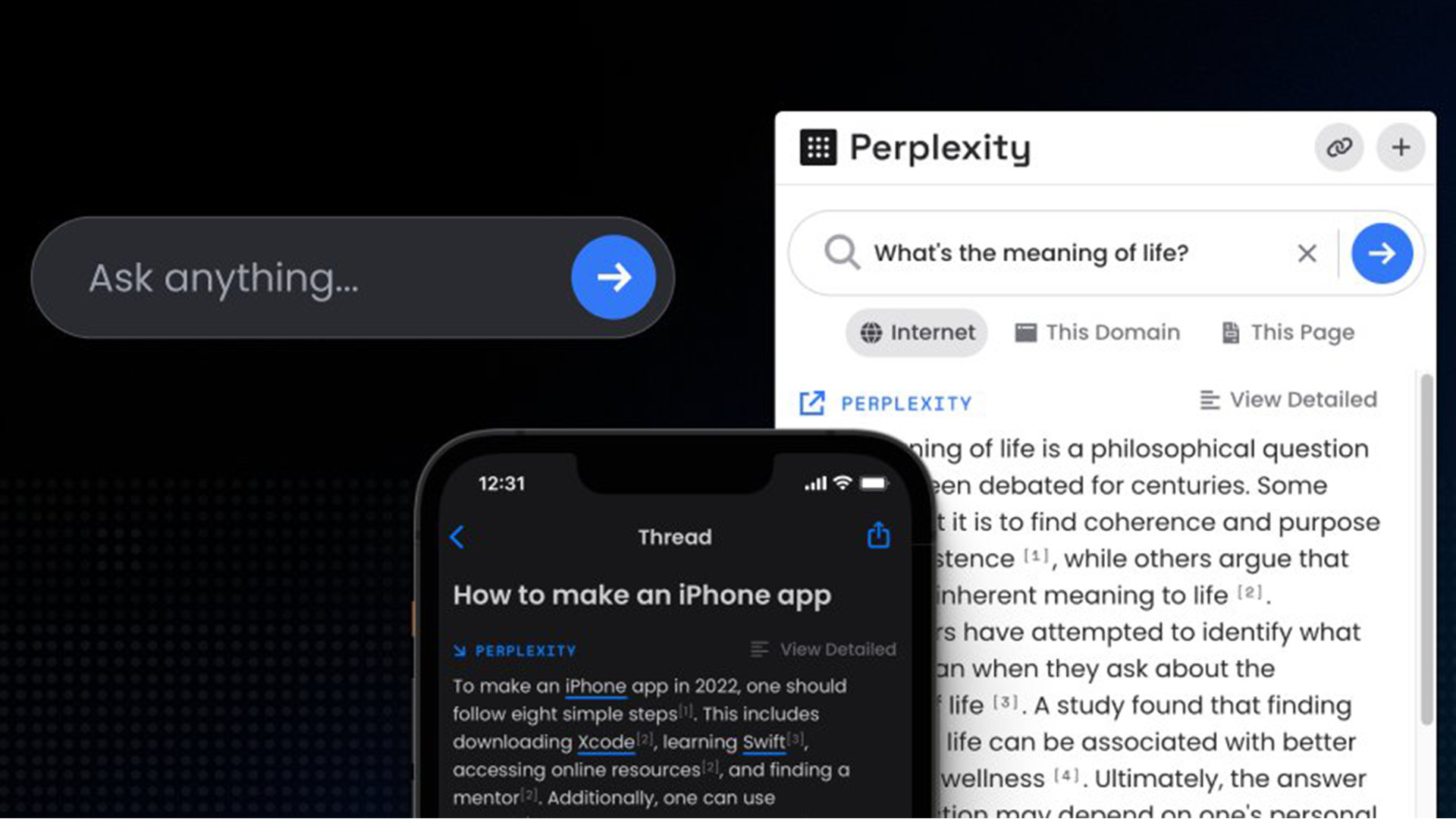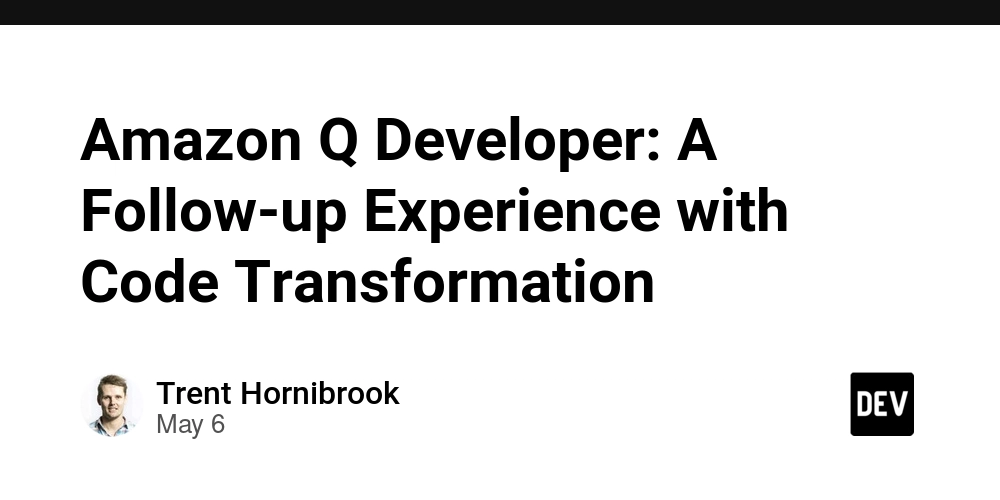OpenAI Releases a Strategic Guide for Enterprise AI Adoption: Practical Lessons from the Field
OpenAI has published a comprehensive 24-page document titled AI in the Enterprise, offering a pragmatic framework for organizations navigating the complexities of large-scale AI deployment. Rather than focusing on abstract theories, the report presents seven implementation strategies based on field-tested insights from collaborations with leading companies including Morgan Stanley, Klarna, Lowe’s, and Mercado Libre. The […] The post OpenAI Releases a Strategic Guide for Enterprise AI Adoption: Practical Lessons from the Field appeared first on MarkTechPost.

OpenAI has published a comprehensive 24-page document titled AI in the Enterprise, offering a pragmatic framework for organizations navigating the complexities of large-scale AI deployment. Rather than focusing on abstract theories, the report presents seven implementation strategies based on field-tested insights from collaborations with leading companies including Morgan Stanley, Klarna, Lowe’s, and Mercado Libre.
The document reads less like promotional material and more like an operational guidebook—emphasizing systematic evaluation, infrastructure readiness, and domain-specific integration.
1. Establish a Rigorous Evaluation Process
The first recommendation is to initiate AI adoption through well-defined evaluations (“evals”) that benchmark model performance against targeted use cases. Morgan Stanley applied this approach by assessing language translation, summarization, and knowledge retrieval in financial advisory contexts. The outcome was measurable: improved document access, reduced search latency, and broader AI adoption among advisors.
Evals not only validate models for deployment but also help refine workflows with empirical feedback loops, enhancing both safety and model alignment.
2. Integrate AI at the Product Layer
Rather than treating AI as an auxiliary function, the report stresses embedding it directly into user-facing experiences. For instance, Indeed utilized GPT-4o mini to personalize job matching, supplementing recommendations with contextual “why” statements. This increased user engagement and hiring success rates while maintaining cost-efficiency through fine-tuned, token-optimized models.
The key takeaway: model performance alone is insufficient—impact scales when AI is embedded into product logic and tailored to domain-specific needs.
3. Invest Early to Capture Compounding Returns
Klarna’s early investment in AI yielded substantial gains in operational efficiency. A GPT-powered assistant now handles two-thirds of support chats, reducing resolution times from 11 minutes to 2. The company also reports that 90% of employees are using AI in their workflows, a level of adoption that enables rapid iteration and organizational learning.
This illustrates how early engagement not only improves tooling but accelerates institutional adaptation and compound value capture.
4. Leverage Fine-Tuning for Contextual Precision
Generic models can deliver strong baselines, but domain adaptation often requires customization. Lowe’s achieved notable improvements in product search relevance by fine-tuning GPT models on their internal product data. The result: a 20% increase in tagging accuracy and a 60% improvement in error detection.
OpenAI highlights this approach as a low-latency pathway to achieve brand consistency, domain fluency, and efficiency across content generation and search tasks.
5. Empower Internal Experts, Not Just Technologists
BBVA exemplifies a decentralized AI adoption model by enabling non-technical employees to build custom GPT-based tools. In just five months, over 2,900 internal GPTs were created, addressing legal, compliance, and customer service needs without requiring engineering support.
This bottom-up strategy empowers subject-matter experts to iterate directly on their workflows, yielding more relevant solutions and reducing development cycles.
6. Streamline Developer Workflows with Dedicated Platforms
Engineering bandwidth remains a bottleneck in many organizations. Mercado Libre addressed this by building Verdi, a platform powered by GPT-4o mini, enabling 17,000 developers to prototype and deploy AI applications using natural language interfaces. The system integrates guardrails, APIs, and reusable components—allowing faster, standardized development.
The platform now supports high-value functions such as fraud detection, multilingual translation, and automated content tagging, demonstrating how internal infrastructure can accelerate AI velocity.
7. Automate Deliberately and Systematically
OpenAI emphasizes setting clear automation targets. Internally, they developed an automation platform that integrates with tools like Gmail to draft support responses and trigger actions. This system now handles hundreds of thousands of tasks monthly, reducing manual workload and enhancing responsiveness.
Their broader vision includes Operator, a browser-agent capable of autonomously interacting with web-based interfaces to complete multi-step processes—signaling a move toward agent-based, API-free automation.
Final Observations
The report concludes with a central theme: effective AI adoption requires iterative deployment, cross-functional alignment, and a willingness to refine strategies through experimentation. While the examples are enterprise-scale, the core principles—starting with evals, integrating deeply, and customizing with context—are broadly applicable.
Security and data governance are also addressed explicitly. OpenAI reiterates that enterprise data is not used for training, offers SOC 2 and CSA STAR compliance, and provides granular access control for regulated environments.
In an increasingly AI-driven landscape, OpenAI’s guide serves as both a mirror and a map—reflecting current best practices and helping enterprises chart a more structured, sustainable path forward.
Check out the Full Guide here. Also, don’t forget to follow us on Twitter.
Here’s a brief overview of what we’re building at Marktechpost:
- Newsletter– airesearchinsights.com/(30k+ subscribers)
- miniCON AI Events – minicon.marktechpost.com
- AI Reports & Magazines – magazine.marktechpost.com
- AI Dev & Research News – marktechpost.com (1M+ monthly readers)
- ML News Community – r/machinelearningnews (92k+ members)
The post OpenAI Releases a Strategic Guide for Enterprise AI Adoption: Practical Lessons from the Field appeared first on MarkTechPost.









































































![Apple Shares Official Teaser for 'Highest 2 Lowest' Starring Denzel Washington [Video]](https://www.iclarified.com/images/news/97221/97221/97221-640.jpg)

![New Powerbeats Pro 2 Wireless Earbuds On Sale for $199.95 [Lowest Price Ever]](https://www.iclarified.com/images/news/97217/97217/97217-640.jpg)









































































































































































































































![[The AI Show Episode 145]: OpenAI Releases o3 and o4-mini, AI Is Causing “Quiet Layoffs,” Executive Order on Youth AI Education & GPT-4o’s Controversial Update](https://www.marketingaiinstitute.com/hubfs/ep%20145%20cover.png)


































































































































































































































































